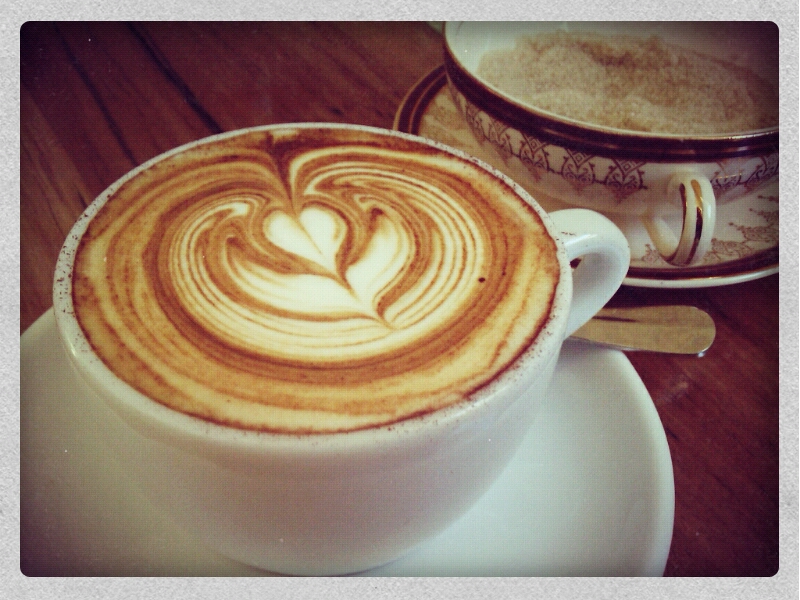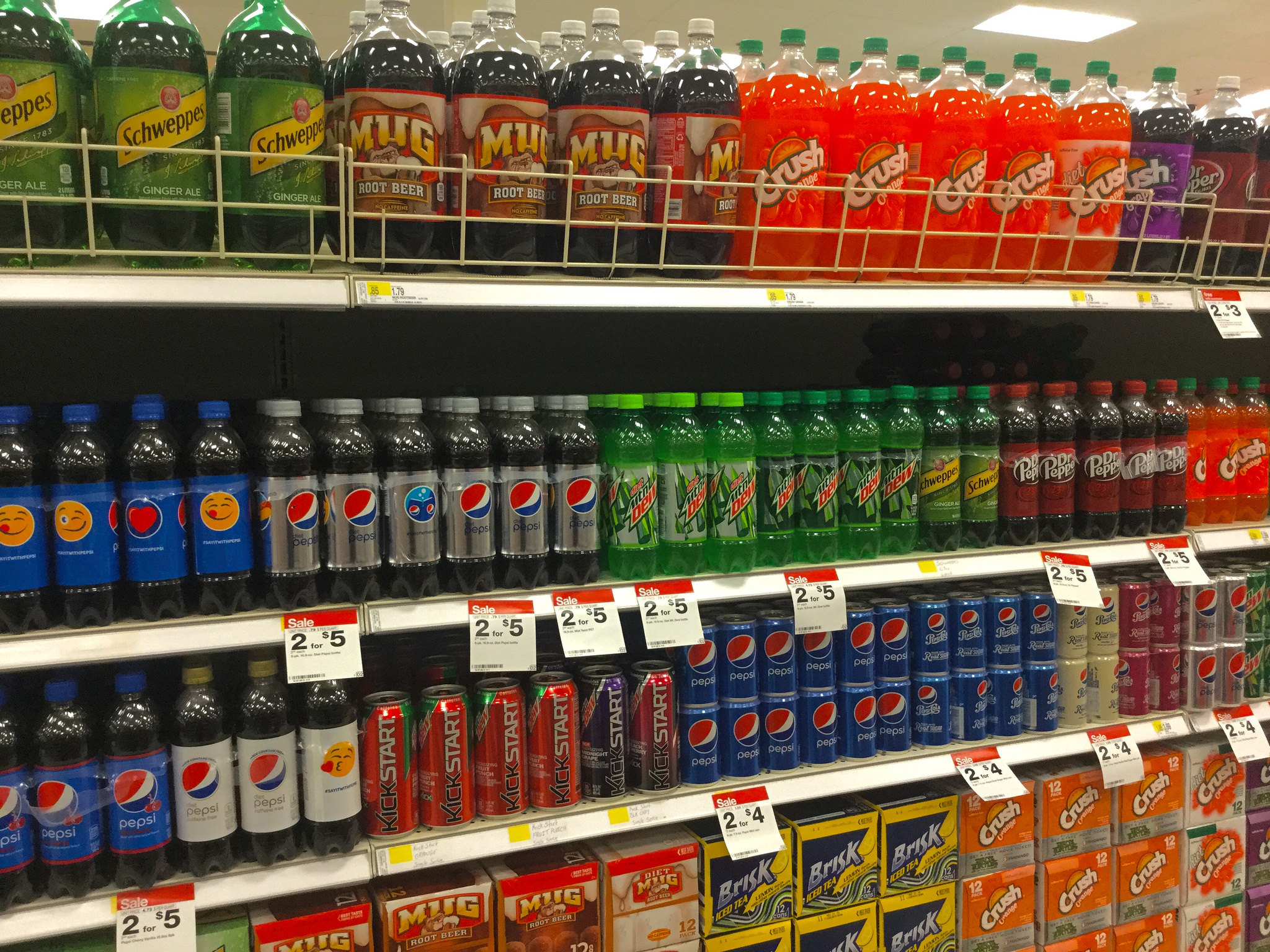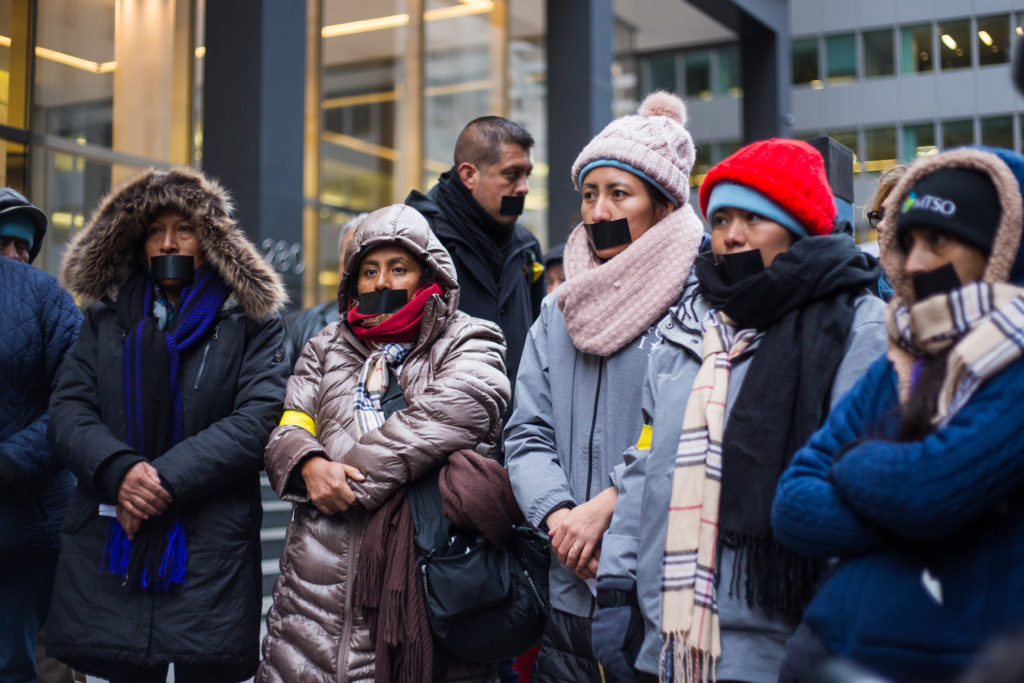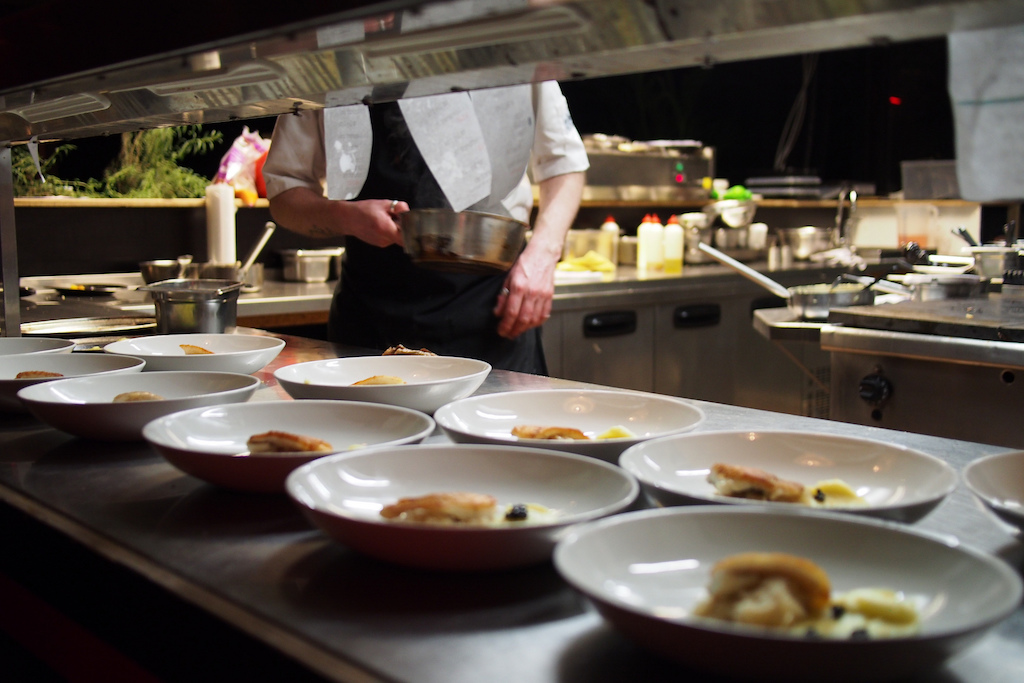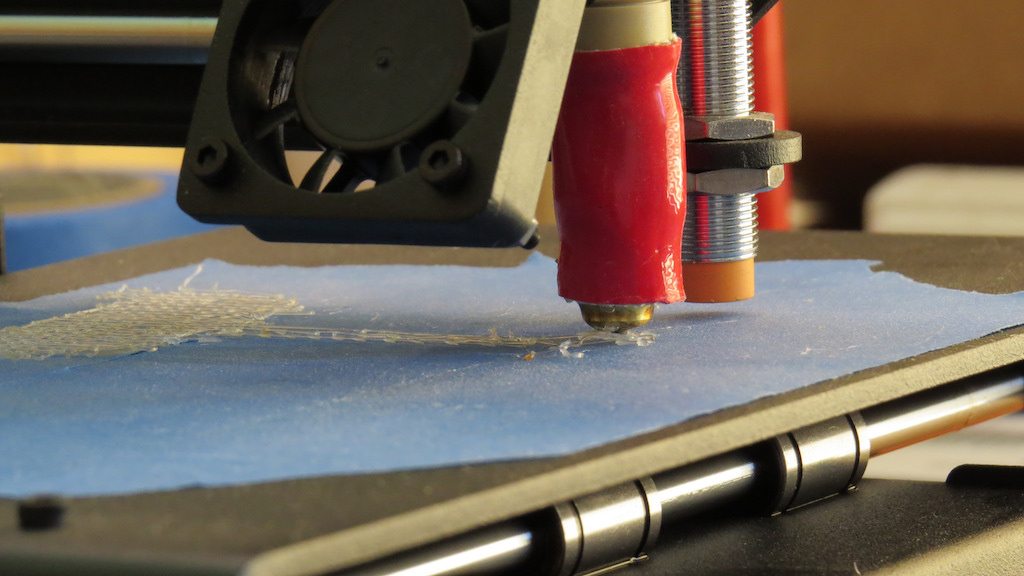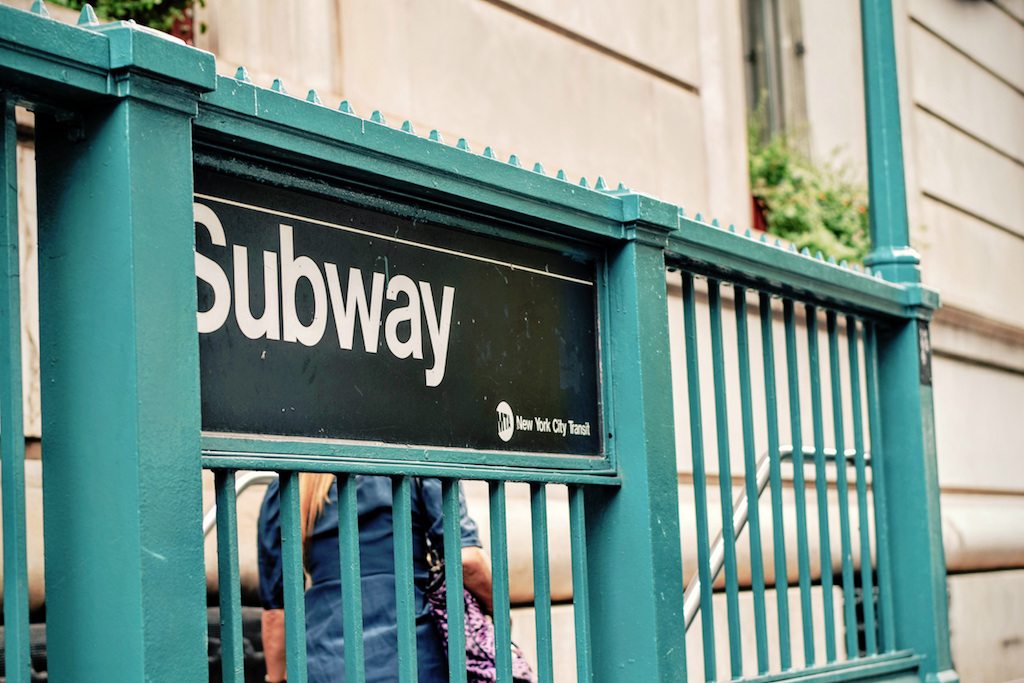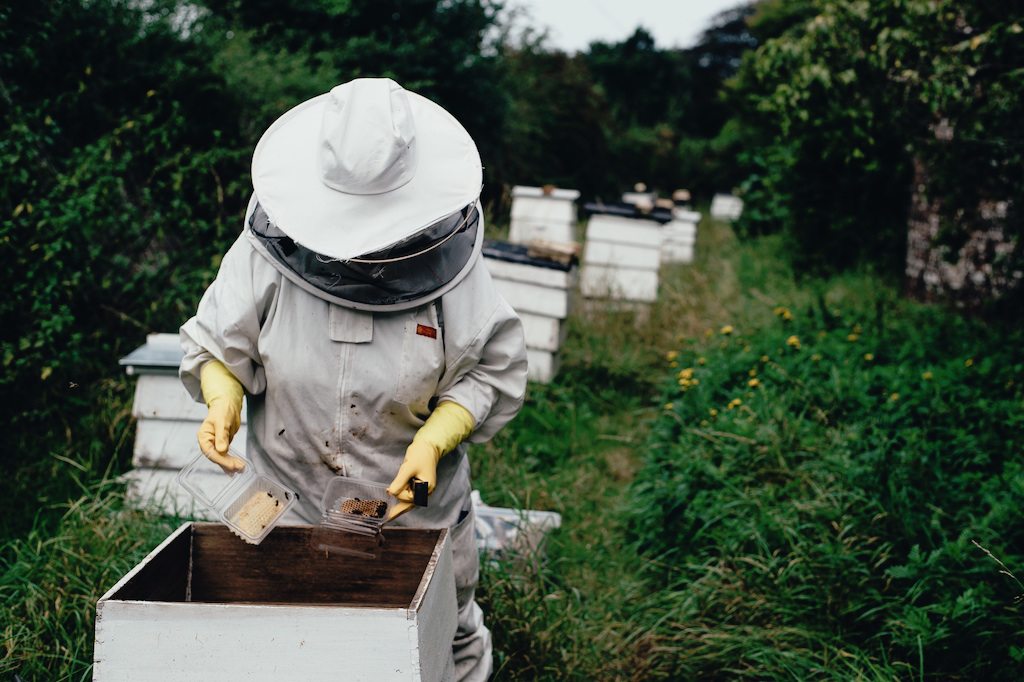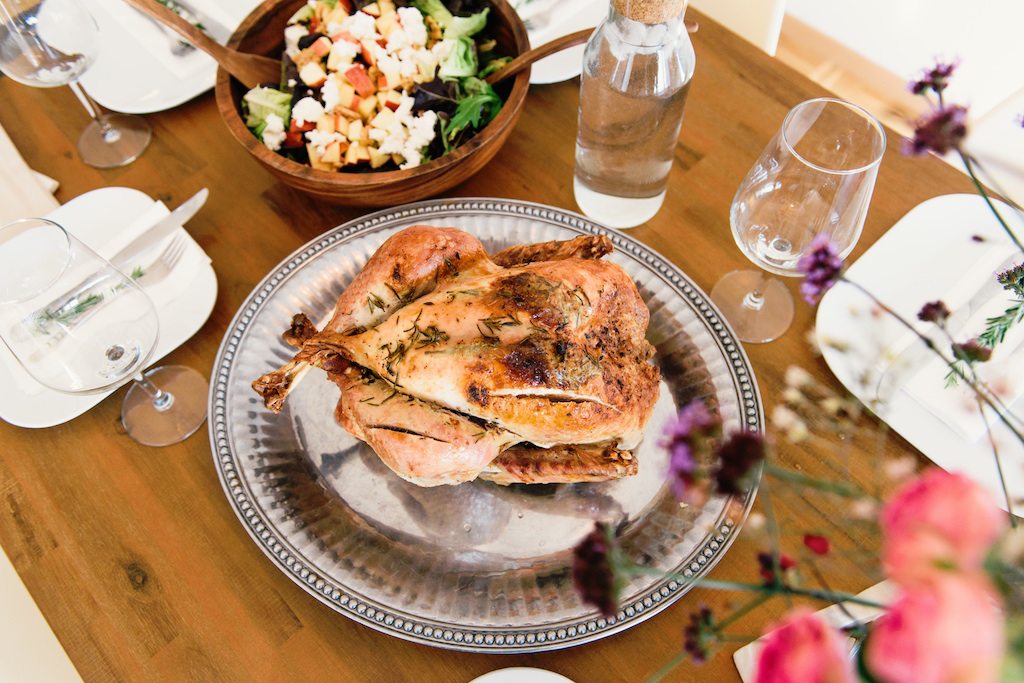In my hometown of Denver, Colorado—as was true in anytown, anywhere, at anytime-before-now—coffee shops were once mere purveyors of buzz. Utilitarian and greasy-white, linoleum-clad, stool-lined bastions of bottomless cheap caffeine, they provided refuge for early-90s teen outcasts like me, and for all my early-90s teen outcast friends.
I frequented the White Spot Diner at 800 Broadway—“a classic example of the California Coffee Shop school of architecture and once the flagship of a fleet that numbered nine busy restaurants,” as Denver’s alt-weekly Westword put it in 1994. But the White Spot chain closed in 2001, a few years after a rising tide of modish replacements had begun serving brunch and bloody marys to the former outcasts and wee-hour clubbers who’d long since become Denver’s new rich. Today, the city’s new coffee shops are considered more a harbinger of a certain, often uncomfortable kind of community development—if not outright displacement—than they are a haven for late-night regulars who pay for their coffee with coins.
Somewhere after Seinfeld, but well before Girls (oh, shit, maybe it’s Friends’ fault), we began to suspect that along with all the bacon-maple donuts and turmeric-tinged lattes, coffee shops bring a heaping spoonful of do-gooder entrepreneurs, community alienation, and really expensive rent. And then we began to think and write about that phenomenon. Here is 6SQF, a New York City publication covering spaces and places, in 2014: “Like software ‘upgrades’ for our digital devices, neighborhood cafes often replace one another as neighborhoods change. The arrival of bigger, chain-ier coffee establishments also often accompanies the demise of beloved java joints due to high rent sought by landlords hoping to lure big commercial interests. The arrival of an actual Starbucks, once a stamp of permanent line-crossing from crack to carriage trade, is now almost a tolerable middlebrow nuisance, more convenience than signifier, or may mean a different level of gentrification altogether—a stamp of approval for some, while for others it may signal the end of an era (of affordable rent or youthful energy, for example).”
You’ll notice I haven’t yet used the word, “gentrification.” I’m saving it for the next part of this story—also set in my hometown. Last week, as some Americans ate and reveled, and others wrestled with the meaning of a holiday that for indigenous people is barbed with mournful thorns, a coffee shop in Denver’s historically-black Five Points neighborhood became the site of protests against gentrification in a city that, as of the 2016 census, is now the fastest growing in the country.
ink!’s less offensive signage.
Placed outside ink! Coffee (16 locations in Aspen and Denver) on Larimer Street, was the sign heard ‘round the world: A two-sided easel reading “Happily Gentrifying The Neighborhood Since 2014” on one side, and on the other, “Nothing Says Gentrification Like Being Able To Order A Cortado.”
On the same day, according to The Denver Post, a local organizer shared a photo of the sign, tweeting, “yo @inkcoffee we are not cool with this sign on 29th and Larimer. Bad decision. Bad design. BAD. W.T.F.” It went viral. It pissed lots and lots and lots of people off.
Over the ensuing 24 hours, protest—first, of the digital sort, in one-star reviews and furious posts on its Facebook page, and then in person—brewed more than coffee did, and ink!’s facade was vandalized (“white coffee” tagged in white paint) in retaliation for the sign. The next day, founder Keith Herbert posted on Twitter an “unequivocal” apology for the company’s “blind spot,” writing, in part, “When our advertising firm presented this campaign to us, I interpreted it as taking pride in being part of a dynamic, evolving community that is inclusive of people of all races, ethnicities, religions, and gender identities.”
The company did not apparently imagine that people of all races, ethnicities, religions, and gender identities might find themselves unable to laugh about the distressing aspects of community development because, well, they aren’t in on that joke.
By Saturday morning, the Post reported, more than 200 people had gathered outside the shop in protest, including Denver’s City Council President Albus Brooks, who was criticized by protesters, in turn, for sponsoring legislation that banned urban camping and for the council’s support of interstate expansion through a historic neighborhood. Mayor Michael Hancock, meanwhile, was reportedly roasted on protest signs for failing to deliver on affordable housing promises. The shop remained closed over the holiday weekend.
On early Tuesday morning, according to Denver’s ABC Channel 7, the shop reopened.
The ink! incident is by no means the first—nor will it be even close to the last—case of attempted culture snark gone terribly wrong. (Here’s EATER on Brooklyn’s Summerhill bar debacle of earlier this year, involving a controversial wall riddled with fake bullet holes.) But the true measure of progress, as we’ve learned over and over and over, can’t be protest alone. Voices only seem to carry so far these days. And let’s be frank: Policy change won’t undo what’s been done in Five Points either. It sure hasn’t here in the five boroughs that I now call home.
No, this is a story about our appetite—for space, for growth, for more and shinier and better—and what happens when we’ve eaten too much and served too little. In addition to accountability, shouldn’t we also be asking ourselves, well, how good does it all taste?
